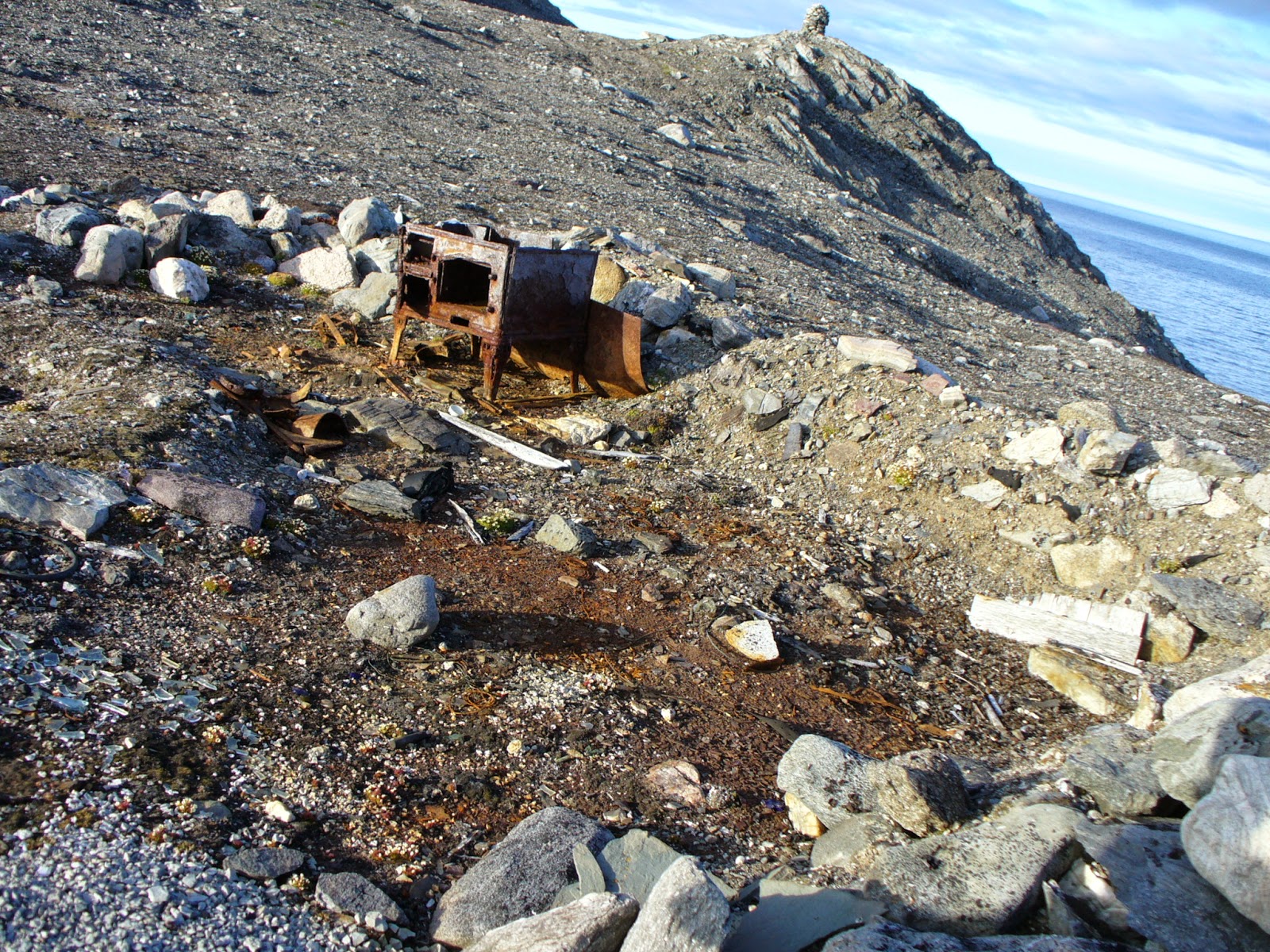 |
| "Sleepy Penguin"(by yours truly) with ice shot glass (that was made by a friend) |
My first ice carving experiment was actually in Christchurch before we left for the Antarctic. It was in a workshop, with a very talented man, with a lot of big tubs full of ice.
He shared some basic techniques, and I got pretty damn excited about it all - especially the idea of a vodka luge (more on that later). I went to Mitre10 and got myself a serrated knife, packed it carefully into my bag and waited to head south.
The most interesting thing I came across when considering carving things out of ice was that in this amazing, hyperbole-filled place, I had no ideas of anything to create. Nothing. No inspiration at all. I had seen loads of 'polar inspired' artwork, but down on the ice, nothing was jumping to my mind! Perhaps it was that it was a scientific expedition, but I think it was the absence of everything - look to the right, great nothingness of white snow-covered ice until the horizon where it turned into blank blue sky. To the left, Mt Erebus just puffing quietly away. No sense of scale, or distance.
But, the first chunks of hard-packed snow that came out of our hand-dug snow pit looked promising. The first chunk I got stuck into with my knife seemed to suggest 'Penguin'. The slope of the head and the back arose quite quickly, then it was straight-forward to shape out a head, beak and wings. Shaping the block sounded like polystyrene being cut, my gloves got soaked from firmly stroking the penguin to get just the right shape. My bum went a bit numb from sitting. I put a piece that I cut off in my mouth, it was crunchy and cold!
And after a short hour or so of concentrated effort, I had a sleepy looking penguin for my troubles. He went on to adorn our kitchen area, and was joined by two others ( I tried to do different species, but it was not easily idenitfied).
 |
| Supposedly Emperor Penguin next in line after the sleepy one (Photo Chris Dolder) |
 |
| Macaroni Penguin, Sleepy and Emperor (Photo Chris Dolder) |
 |
| Remnant Macaroni Penguin with three distinct ice layers |
After three penguins, I was tired of making them. I wanted to carve still and searching for inspiration, ended up with the shape of my pounamu that I was wearing at the time. I carved it in 3D and shaped it out of a snow layer with ice behind it.
 |
| Koru, symbol of new growth and renewal (Photo Shannon Fowler) |
 |
| Koru on ice |





